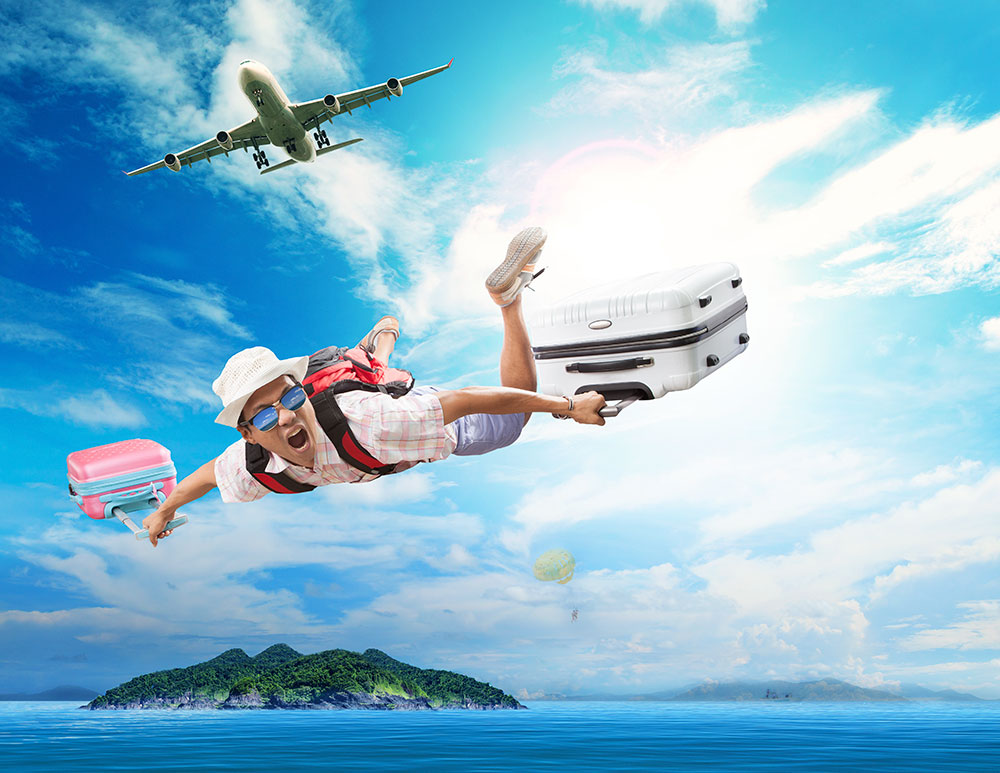Extreme Adventure - What Your Clients Should Know Before They Go
Published on Tuesday, September 22, 2015
 When planning any trip, anywhere in the world, most travelers come prepared. They take along appropriate clothing; think about where they will be going and what they will be doing when they get there. While up-front costs are well defined, they try to budget for expenses along the way too. That’s on any business or pleasure trip. The world of Adventure Travel can have some dramatic outcomes, demanding special attention be paid to everything from travel gear to travel protection. Some of that attention is obvious and easy to define, some not so much.
When planning any trip, anywhere in the world, most travelers come prepared. They take along appropriate clothing; think about where they will be going and what they will be doing when they get there. While up-front costs are well defined, they try to budget for expenses along the way too. That’s on any business or pleasure trip. The world of Adventure Travel can have some dramatic outcomes, demanding special attention be paid to everything from travel gear to travel protection. Some of that attention is obvious and easy to define, some not so much.
Determine The Level Of Activity
A good travel insurance product will have different levels of coverage when it comes to Adventure travel. Let’s use ‘easy’, ‘moderate’, or ‘extreme’ for the sake of this discussion. ‘Easy’ might be a walk in a national park on a difficult trail while ‘moderate’ could include kayaking in Alaska and ‘extreme’ covers mountain climbing. Different levels will have different coverage appropriate to the activity, and that makes sense. The agent’s job then becomes defining which level the planned adventure travel falls into.
Add On To Existing, Familiar Coverage
That easy adventure travel need could be addressed by simply increasing coverage on a basic policy. Adding additional medical evacuation coverage for example is a good suggestion for clients planning any level of adventure travel. A hazardous activities supplement of some kind might also be a good idea, even if clients think of their adventure travel as a walk in the park.
Adventure travelers often come to the table in disguise too. A client planning a cruise vacation might be dabbling in adventure travel if their activities planned include bungee jumping, jet skiing or parasailing; all commonly offered activities on a Caribbean cruise.

What To Do When Things Go Wrong
Having travel protection for adventure travel is smart and may even be required by tour operators or guides. Knowing what to do when it is needed is the part that most agents fail to mention, but the part that is the most important for travelers to know before they go.
No Surprises Later = Happy Clients
Coverage should be well defined and travelers armed with toll-free numbers for the insurance provider and advised of how the claim process will go, right up front. Medical coverage is often secondary coverage, meaning clients will have to submit expenses to their primary health care provider first before insurance will pay. On a covered expense, travelers are often surprised to find out that all expenses were covered except for the cost of the travel insurance itself; they don’t get back the price of the premium paid.
You Are The Expert In Their Back Pocket
One of the best parts of selling protection to adventure travelers is that it opens the door to discussion between clients and agents. When we talk of travel protection as it applies to Adventure travel, there is no one-size-fits-all approach. But that’s a good thing, which positions sellers of travel to come out ahead and further develop their long-term business relationship with clients.